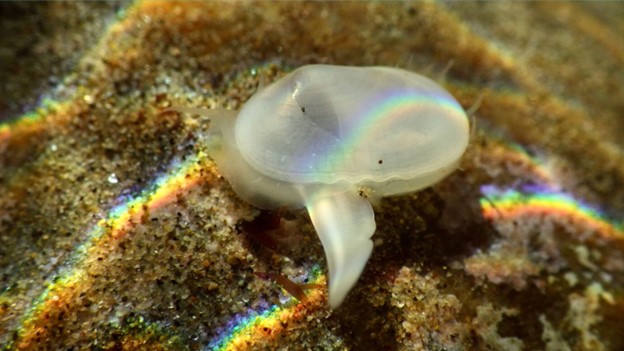By Simon Li and Jonah Ruddock
Our knowledge of the planet’s waterways are staggeringly incomplete, as is evidenced by the existence of a group of species referred to as the Lazarus taxa. These creatures are those which were once thought to be extinct, sometimes for millennia, before being discovered in the wild. Perhaps the most famous of these is the coelacanth, which scientists assumed had been extinct for 66 million years before living specimens were discovered off the coast of Africa in the twentieth century (apparently they don’t taste too good, according to local fishermen). Recently, a new species joins their ranks: Cymatioa cooki, a kind of clam that had been presumed dead for 40,000 years until members of the species were found in 2018.
The first clam of this species, found in a tide pool off the coast of California, was half an inch in length, as pale and translucent as a mirage. After being compared to preserved specimens, it was confirmed that it was a member of the Cymatioa cooki. Up to four others of the species have since been found, giving them a solid footing in the extant world.
Some have theorized that these clams were able to evade scientists for so long based on their habitat. Aquatic creatures sometimes seem to occupy a twin universe alongside our own, and we can only peer into their largely unknown and endlessly mysterious domain. Who knows what other creatures will haunt us from deep time, drifting out of the fossil record and into our hands.

